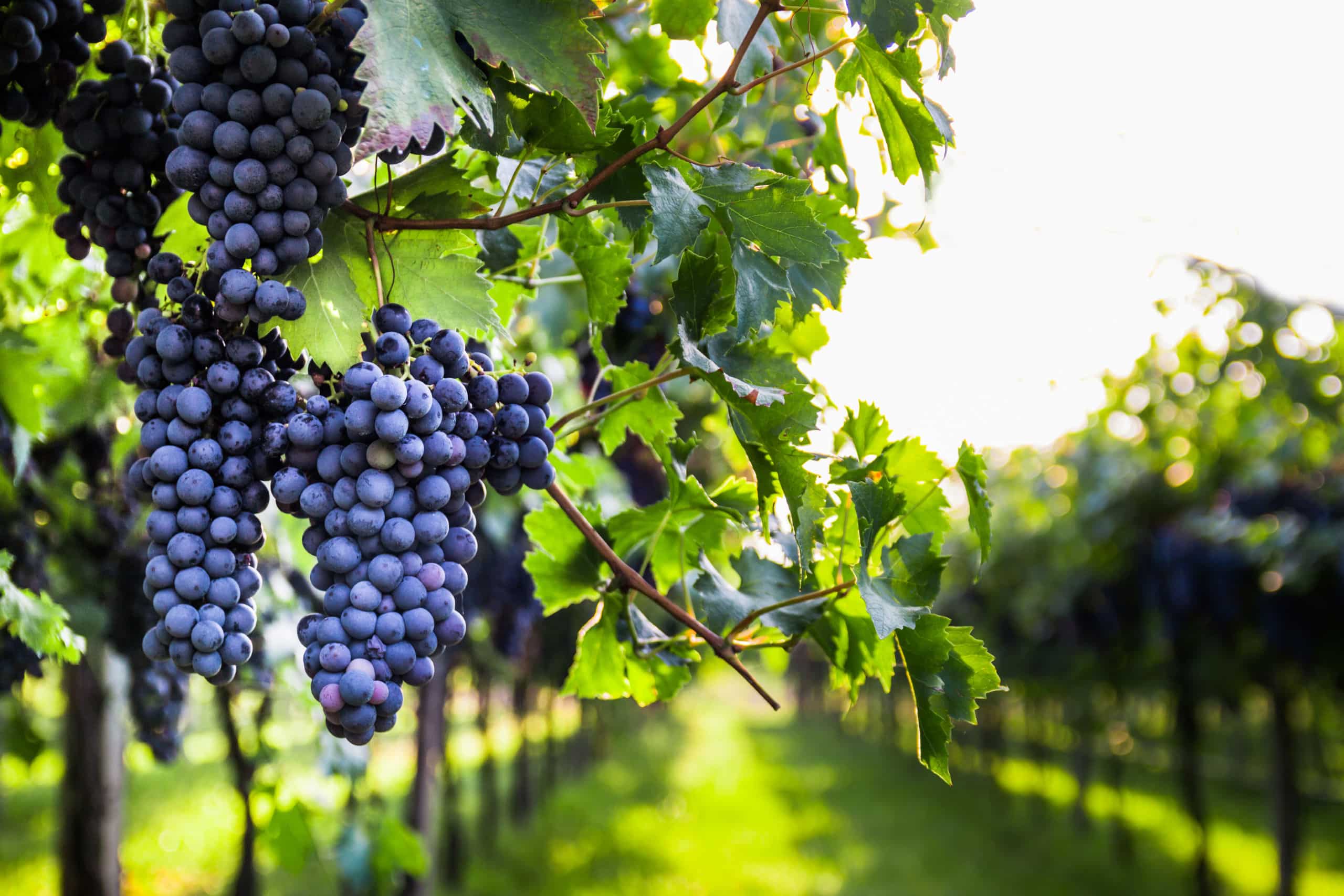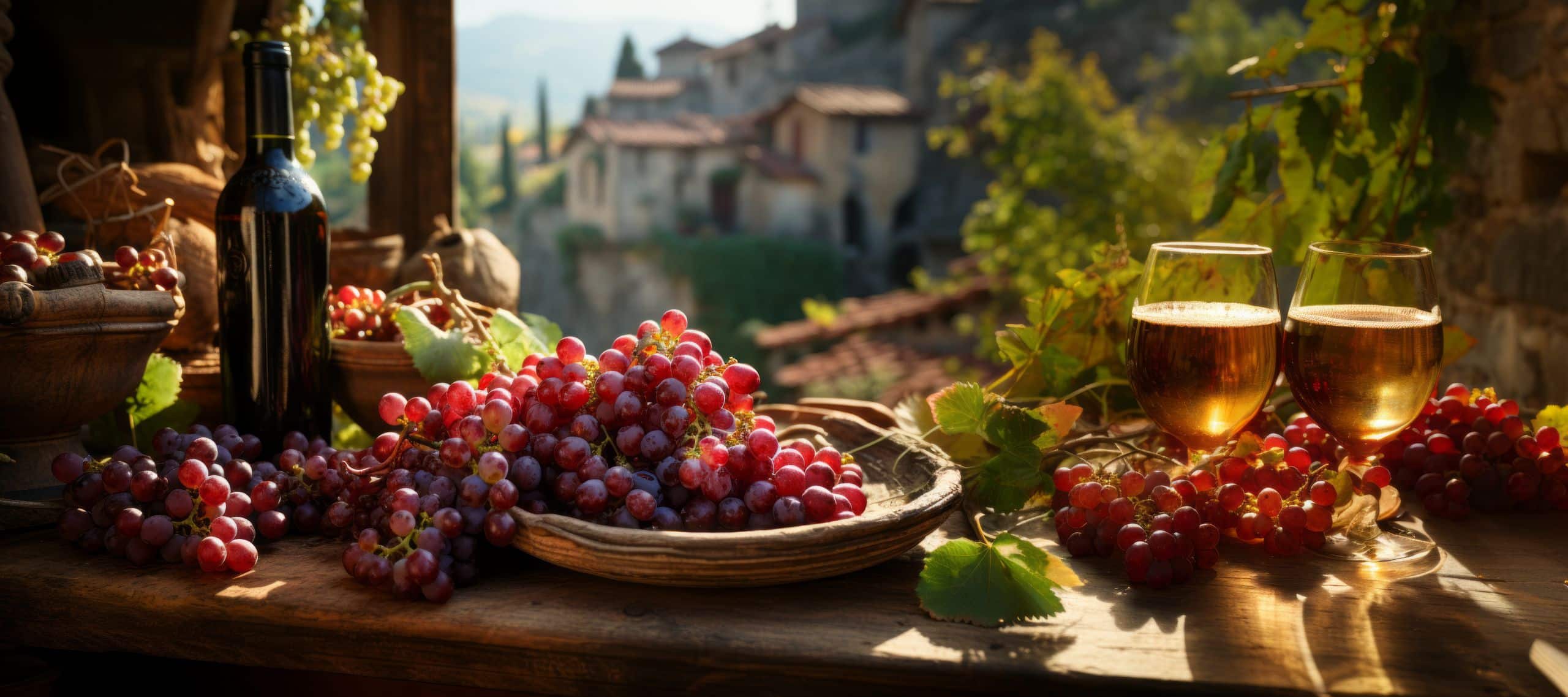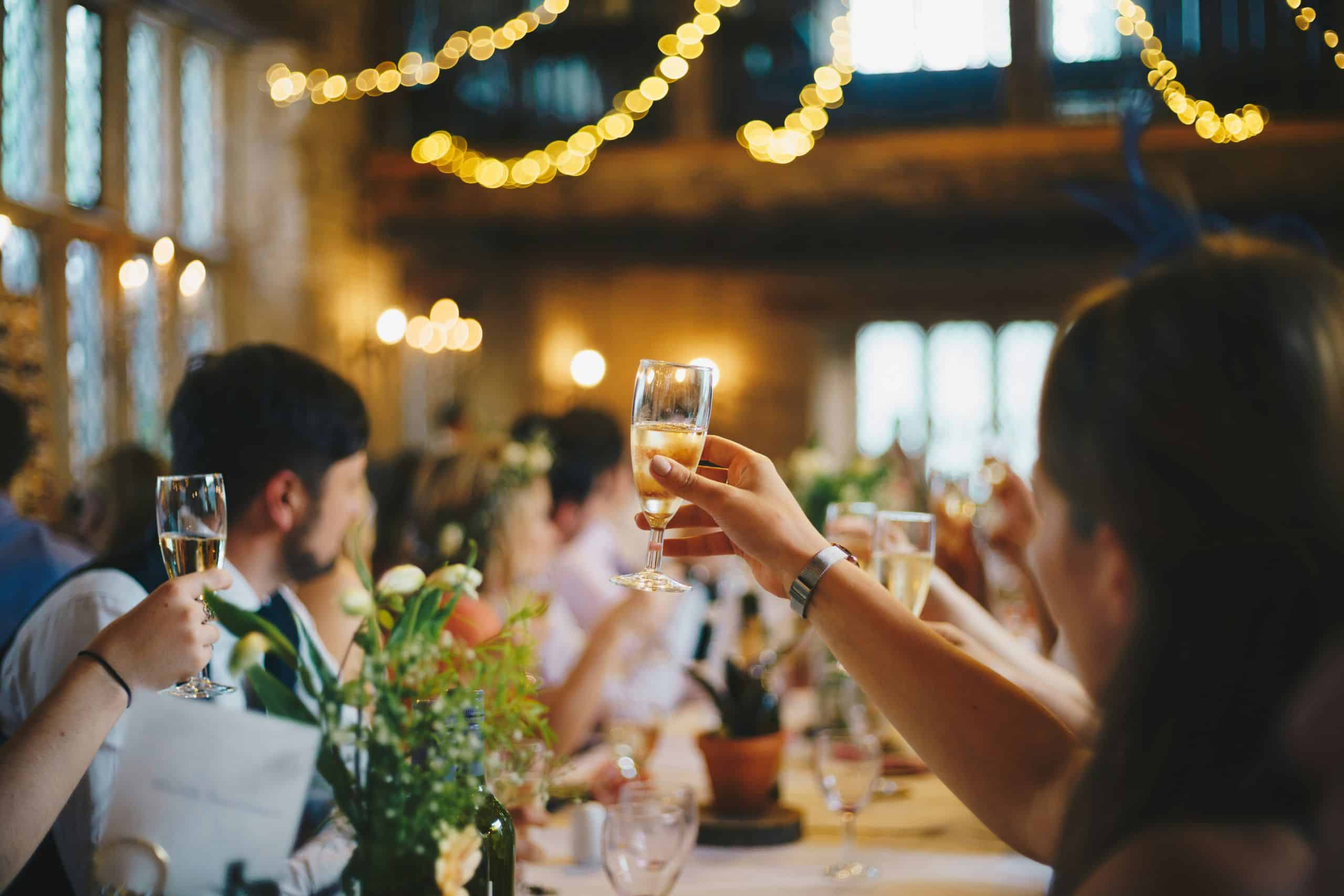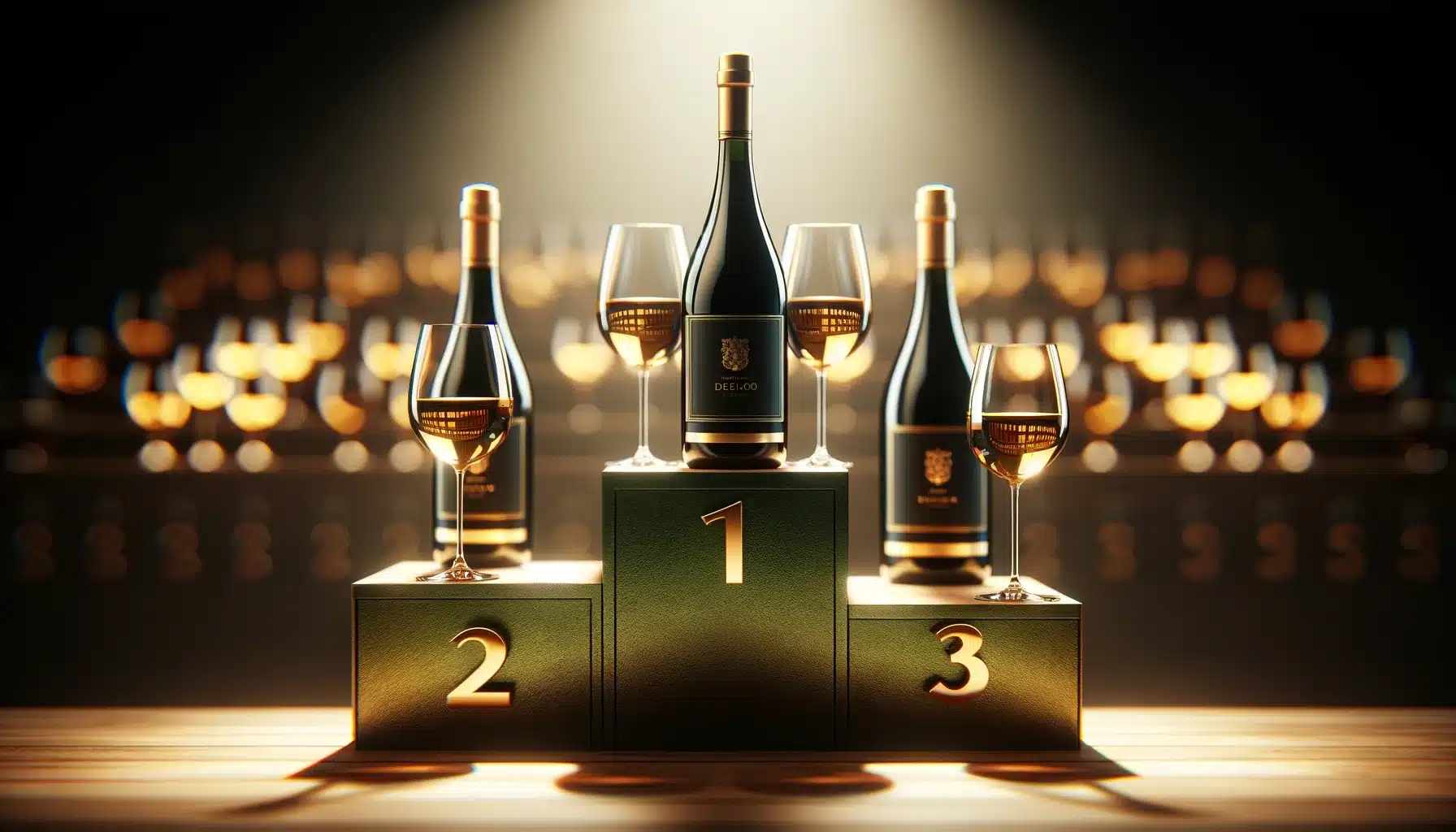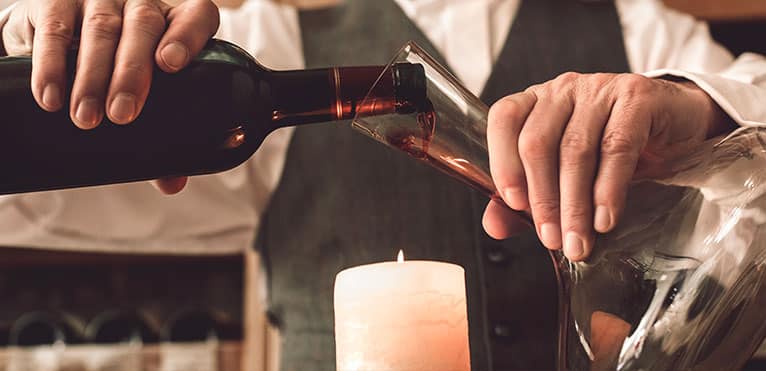
Contents
The art of decanting, a sacred ritual for wine lovers. However, not all wine is good enough to be decanted, and it’s important to master this act so as not to alter the quality of the wines tasted. For Bordeaux wines, it’s important to wait a certain amount of time before decanting.
Decanting or decanting?
First of all, it’s important to clarify the difference between decanting and carafage, to avoid mistaking the process and thus mistreating the wines. Carafing is the process of decanting a young wine to allow it to open up. In this way, decanting reproduces the oxygenation that the wine undergoes in the glass. Shaking up the wine allows the aromas to develop and express their full potential. Decanting is mainly reserved for young wines, such as white Burgundy wines from the Côte de Beaune, Rhône Valley wines and Medocs less than 10 years old, to soften strong tannins.
Decanting is a different operation, which involves decanting a mature wine (i.e. one that has aged for many years). By decanting an aged wine, we separate the wine from the deposits that have formed naturally over the years (nothing dangerous, therefore) to facilitate tasting. You can also carry out a “candle tasting”, which involves placing a candle under the neck of the decanter to check that no deposits are being poured into the decanter during decanting.
Which Bordeaux can be decanted?
As you can see, decanting is reserved for young wines, while decanting is for older wines. We therefore recommend decanting an old Bordeaux rather than a young vintage. However, an old wine can be decanted if it is sufficiently solid to withstand the shock of oxygenation: the Bordeaux wine to be decanted must have a solid, powerful architecture, with an opulent structure and well-developed tannins. Only the very best vintages can be decanted, such as 1990, 1989 and 1986.
To decant a great Bordeaux vintage, you need to be very careful to preserve the quality: use a decanter with a slightly flared bottom, then tilt the bottle towards the neck of the decanter and pour the wine gently until you see deposits appear in the neck of the bottle. On the other hand, once decanting has begun, it’s a race against time, as an old wine can decline very quickly, so it must be decanted just a few minutes before tasting.
Decanting is therefore a double-edged sword. It’s best to taste the wine before deciding how to serve it, to preserve its quality and enjoy the tasting experience.
Photo: Adobe Stock / Viktoriia
